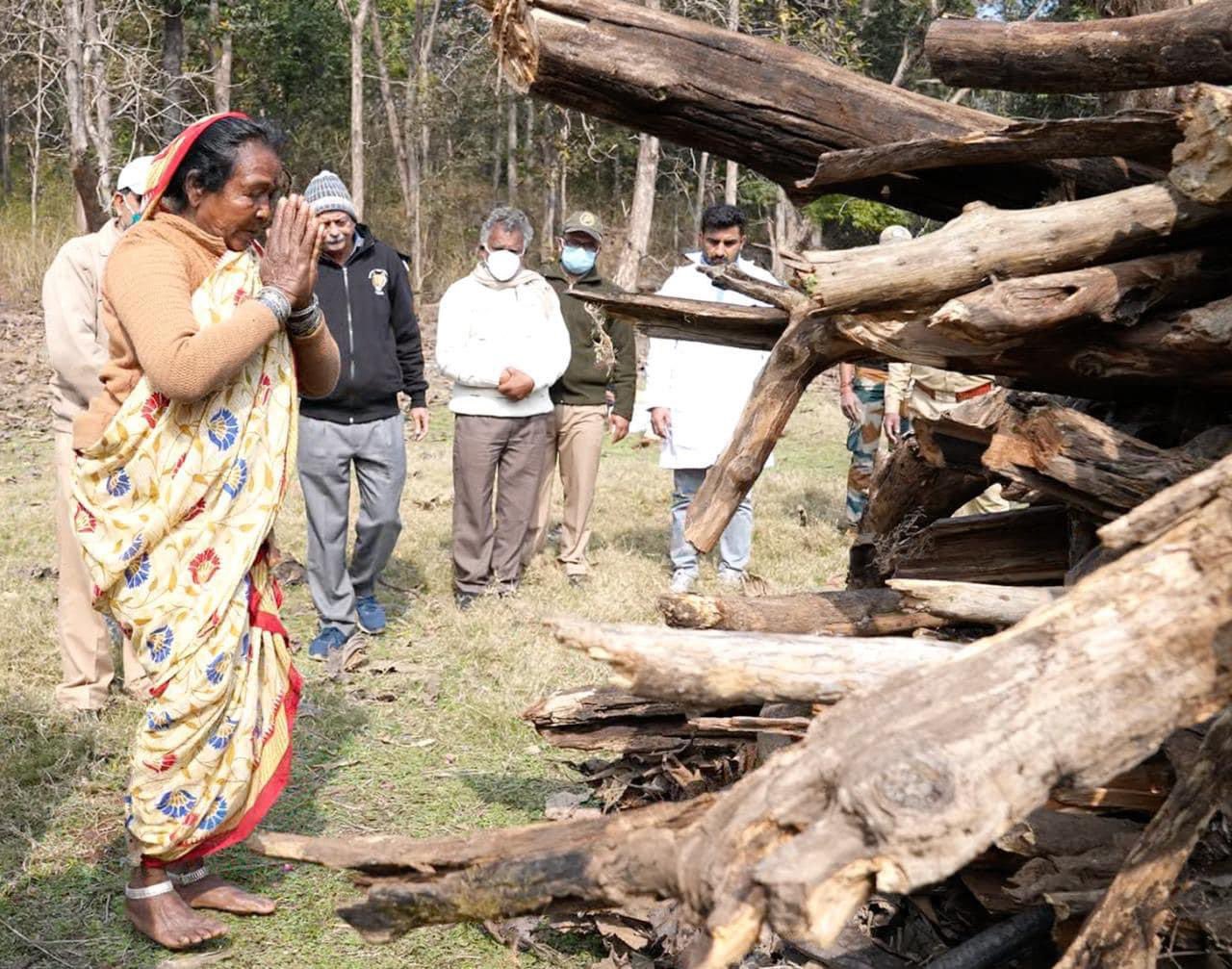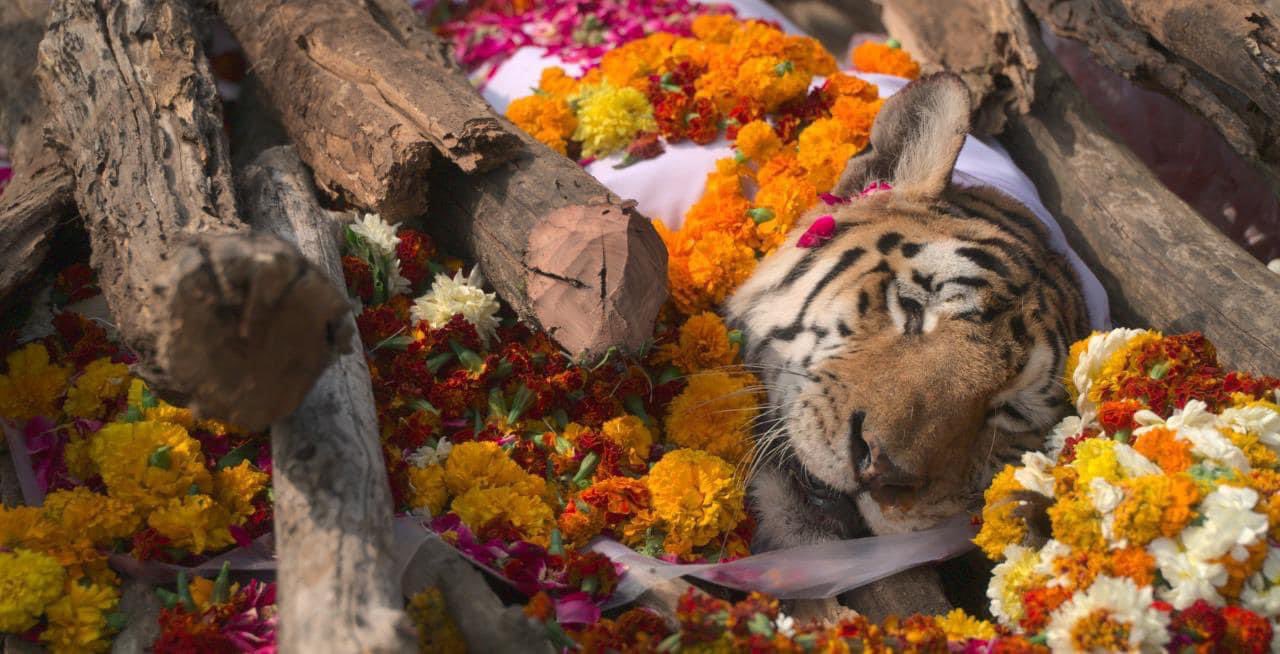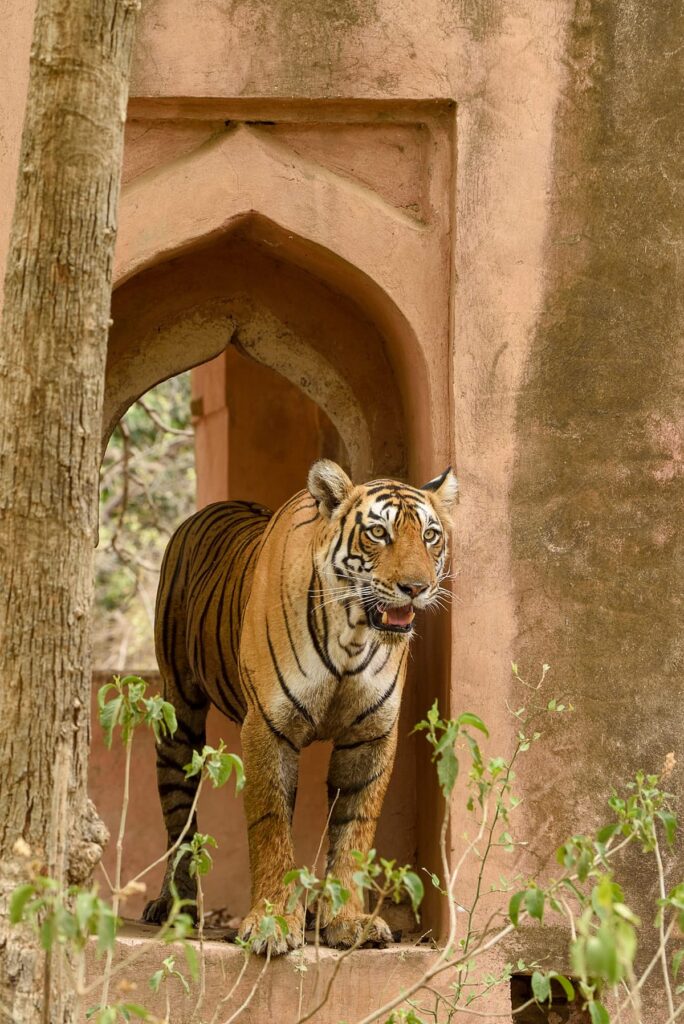The wilderness of Ranthambore National Park bids an emotional farewell to its most photographed and admired resident—Tigress T-84, fondly known as Arrowhead. The majestic big cat, granddaughter of the legendary ‘Machli’, succumbed to a brain tumour on June 19, 2025, marking the end of an era in India’s tiger conservation story.
Arrowhead’s life was not just about ruling the forests—she redefined tiger conservation and strengthened the gene pool across multiple reserves. As shared by IFS Officer Parveen Kaswan, “She raised cubs that helped repopulate parts of Ranthambore and other tiger reserves. She strengthened gene pools and rewrote conservation.”

Forest officials performed her final rites in the park—a rare and respectful gesture for an animal that meant so much to both wildlife enthusiasts and conservationists.
A Life Full of Legacy and Wild Grace
Arrowhead, born to Tigress T-19 (the Jhalra Female) and T-28 (Star Male), carried forward the proud and royal bloodline of Machli—the world’s most photographed tigress. Her distinctive arrow-shaped mark on her left cheek became her identity among visitors and photographers worldwide.

Over her lifetime, Arrowhead gave birth to four litters, nurturing several cubs who themselves went on to become significant in the tiger population. Sadly, some litters were lost shortly after birth, but her daughters Riddhi (T-124) and Siddhi (T-125) rose to prominence, continuing the family’s impact on Ranthambore’s wildlife ecosystem.
Her Legacy Lives On
Wildlife experts note that Arrowhead not only sustained but enriched the tiger population across India, as some of her cubs were relocated to other reserves to help revive their tiger numbers.

“Arrowhead inherited bravery from her grandmother Machli and calm wisdom from her mother T-19,” notes the Ranthambore official website.
As Ranthambore mourns this silent yet powerful queen, Arrowhead’s legacy continues—engraved forever in the forests she once ruled.


